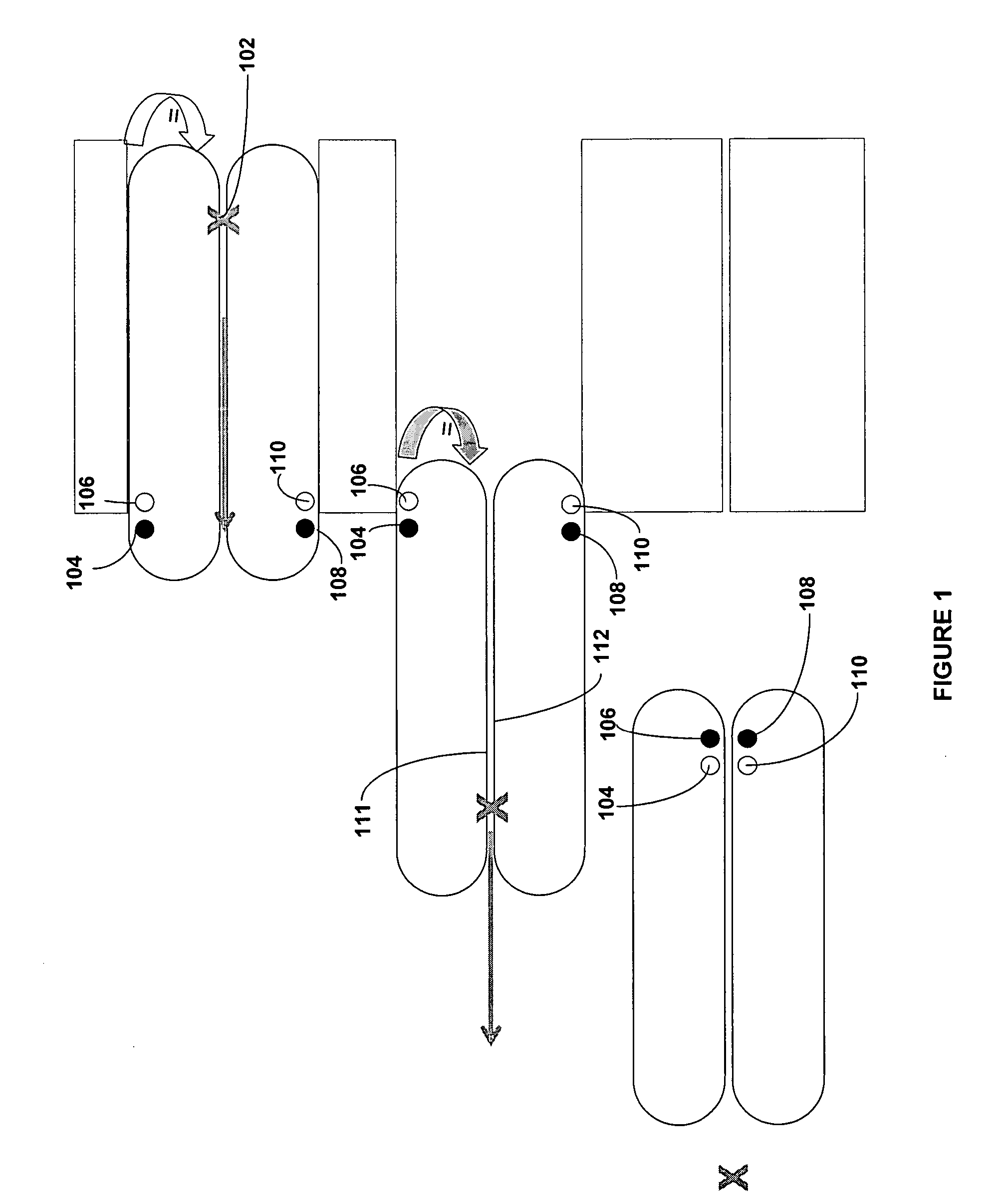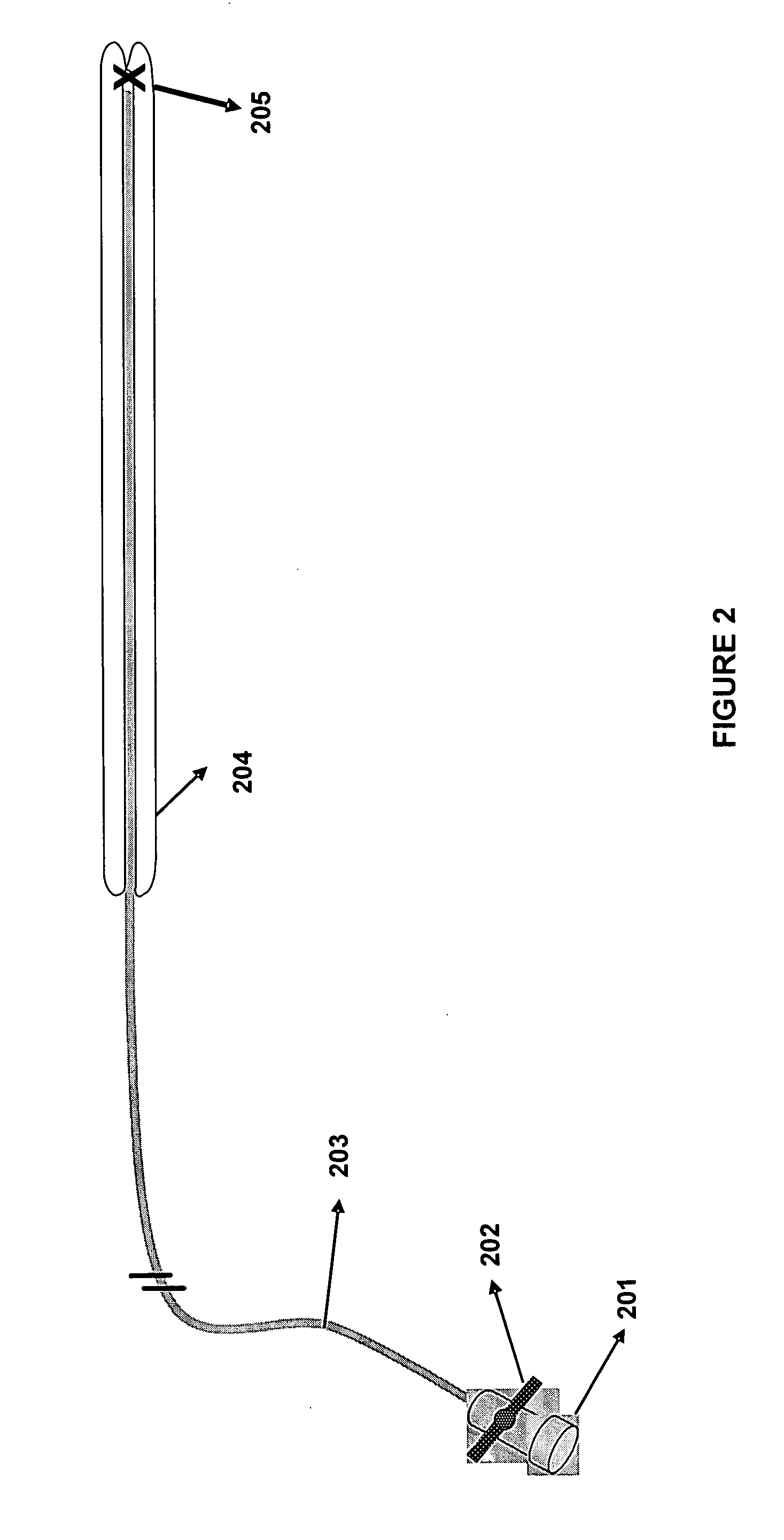Method and device for extracting objects from the body
a technology for removing objects and bodies, applied in the field of medical devices, can solve problems such as inconvenient operation, inconvenient use, and inability to accurately determine the extent of damage to the surrounding tissue, and achieve the effects of less friction, less risk of injury to surrounding tissue, and low friction extraction
- Summary
- Abstract
- Description
- Claims
- Application Information
AI Technical Summary
Benefits of technology
Problems solved by technology
Method used
Image
Examples
Embodiment Construction
[0025] While this invention is illustrated and described in a preferred embodiment, the device may be produced in many different configurations, forms and materials. There is depicted in the drawings, and will herein be described in detail, a preferred embodiment of the invention, with the understanding that the present disclosure is to be considered as an exemplification of the principles of the invention and the associated functional specifications for its construction and is not intended to limit the invention to the embodiment illustrated. Those skilled in the art will envision many other possible variations within the scope of the present invention.
[0026] The present invention provides for a toroidal balloon used in the extraction of objects from the body. FIG. 1 illustrates an exemplary embodiment of the present invention's toroidal balloon used to remove an object 102 that is lodged, for example, between the walls of the ureter. The inflated toroidal balloon is taken down in...
PUM
 Login to View More
Login to View More Abstract
Description
Claims
Application Information
 Login to View More
Login to View More - R&D
- Intellectual Property
- Life Sciences
- Materials
- Tech Scout
- Unparalleled Data Quality
- Higher Quality Content
- 60% Fewer Hallucinations
Browse by: Latest US Patents, China's latest patents, Technical Efficacy Thesaurus, Application Domain, Technology Topic, Popular Technical Reports.
© 2025 PatSnap. All rights reserved.Legal|Privacy policy|Modern Slavery Act Transparency Statement|Sitemap|About US| Contact US: help@patsnap.com



